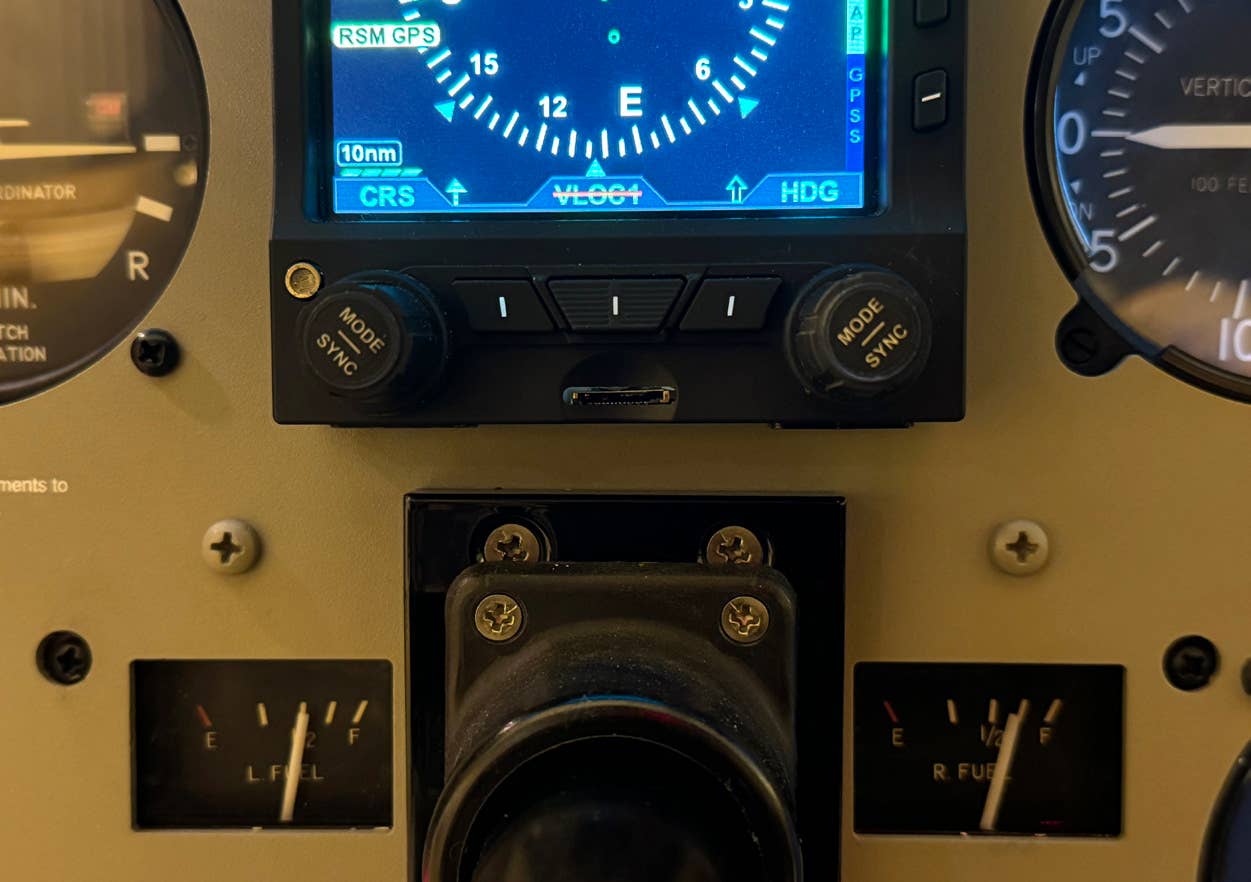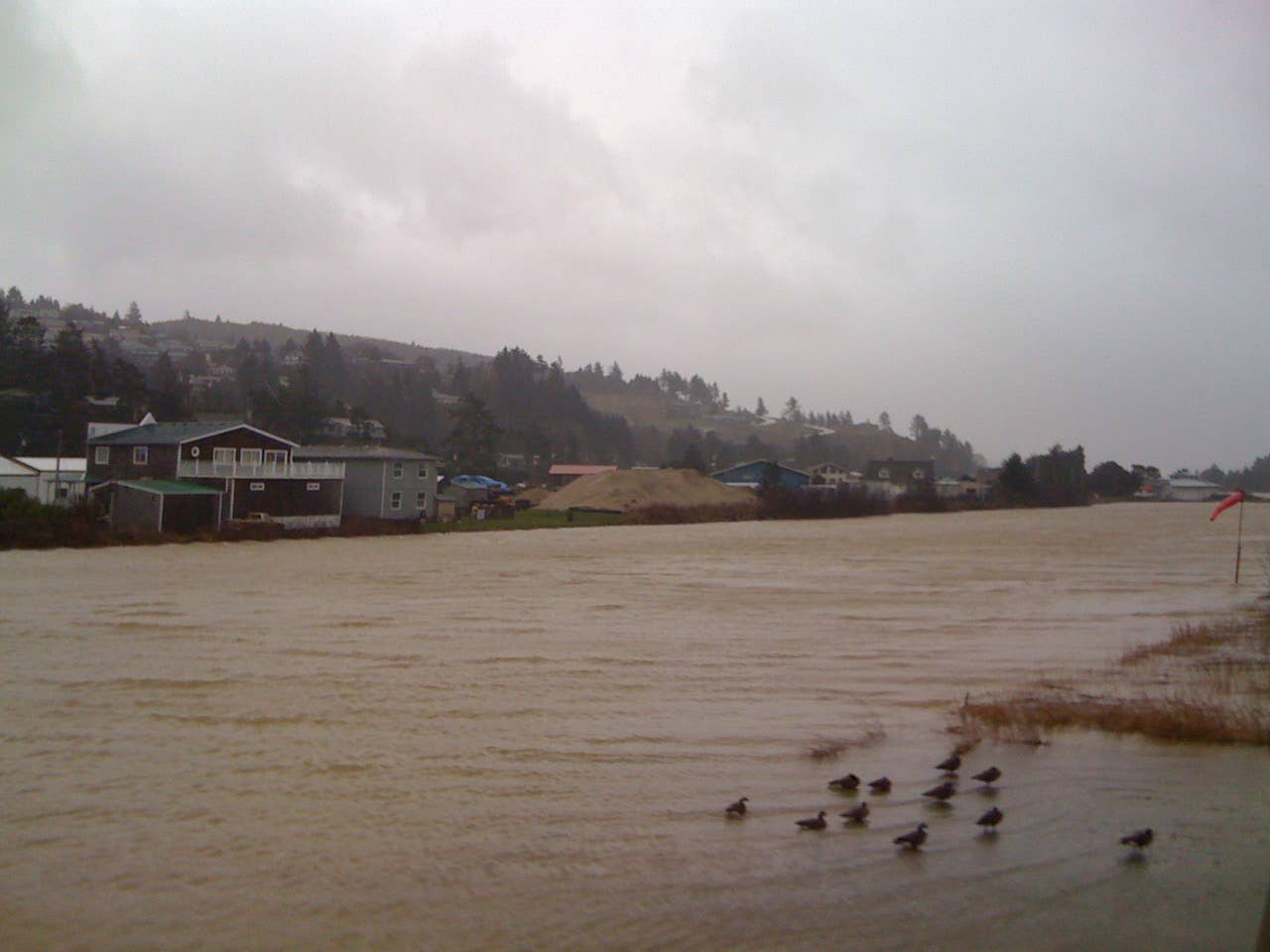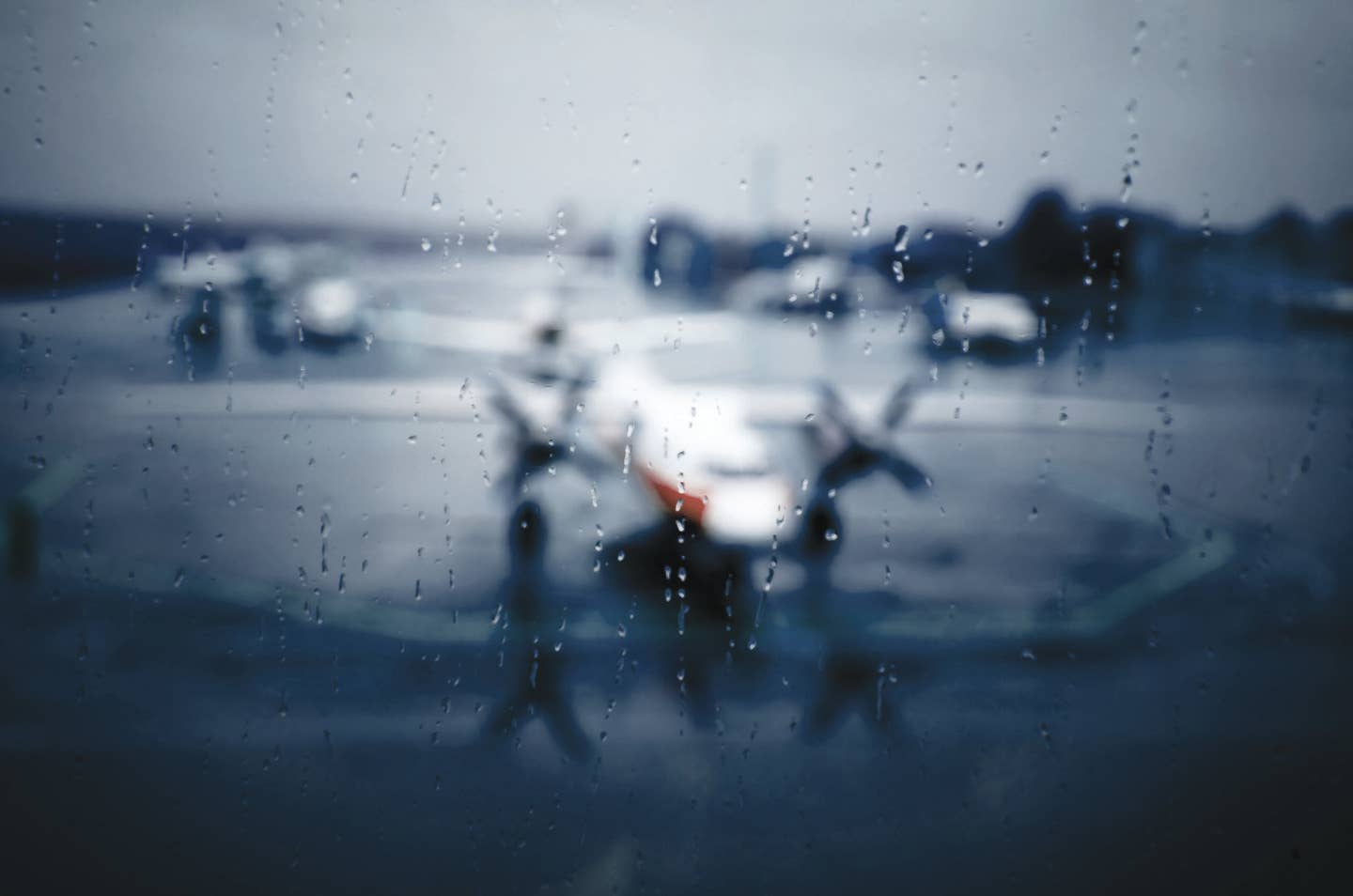
Sitting in the jump seat of a corporate Gulfstream G450 on approach to Morristown Municipal Airport’s Runway 5, I saw the tiny starlings a fraction of a second before the copilot called out, matter-of-factly, “Birds.” We flew through an entire flock of the little creatures and, although I was pretty sure we’d hit more than one, I didn’t feel or even hear their impact. The bloody stains we discovered on the Gulfstream’s nose and right wing once the airplane was pulled into the hangar, however, confirmed we’d struck two of the unfortunate animals.
On touchdown, the Gulfstream’s captain reported to the tower: “We just flew through a flock of those little birds.” There was an acknowledgment over the radio, nothing more. Bird strikes at KMMU are a common occurence; the ATIS perpetually warns of “birds and wildlife on or near the airport.” Hitting a few starlings in a Gulfstream really isn’t a big deal.
Or so I thought. The FAA recently launched an outreach campaign for the general aviation community that seeks to boost wildlife strike reporting by pilots, airports, mechanics, engine makers, and flight schools. For decades the FAA has worked to reduce wildlife strikes at airports, and the agency periodically conducts studies to gauge the effectiveness of its programs. Apparently, a great many bird and wildlife strikes are going unreported. The FAA wants that to change, and has created a reporting website and even added code scanners to its bird strike prevention posters for the benefit of savvy smartphone users.
The idea is to collect as much data about bird and wildlife strikes as possible to help improve mitigation strategies. You'd think the ditching of a US Airways Airbus in the Hudson after tangling with a flock of Canada Geese would be all the convincing pilots would need, but apparently not. At any rate, here are some interesting facts and figures about bird strikes culled from the FAA website:
- There have been more than 100,000 reported bird strikes in the U.S. since 1990.
- Most bird strikes occur during the daytime between July and October.
- Most bird strikes occur during approach and landing.
- Since 1990, there have been a total of 23 deaths attributed to wildlife strikes.
- Since 1990, a total of 52 civil aircraft have been destroyed by wildlife strikes.
- 97.5 percent of all wildlife strikes are by birds.
- Orville Wright reported the first bird strike in 1905.
I also came across a piece of historical information that made me rethink the seriousness of my recent bird-strike encounter in the Gulfstream: On Oct. 4, 1960, Eastern Air Lines Flight 375, a Lockheed L-188 Electra, struck a flock of European starlings on takeoff. All four engines were damaged and the aircraft crashed in Boston harbor. There were 62 fatalities, making it the deadliest bird-strike encounter in history. The incident occurred prior to the creation of the FAA’s Wildlife Strike Database.
Considering the effort the FAA is putting into wildlife strike tracking and mitigation, the least we pilots can do is provide the raw data. Filling out a report on the FAA website takes less than five minutes. If you have a bird strike, or have had one in the past, go ahead and report it.

Sign-up for newsletters & special offers!
Get the latest FLYING stories & special offers delivered directly to your inbox






